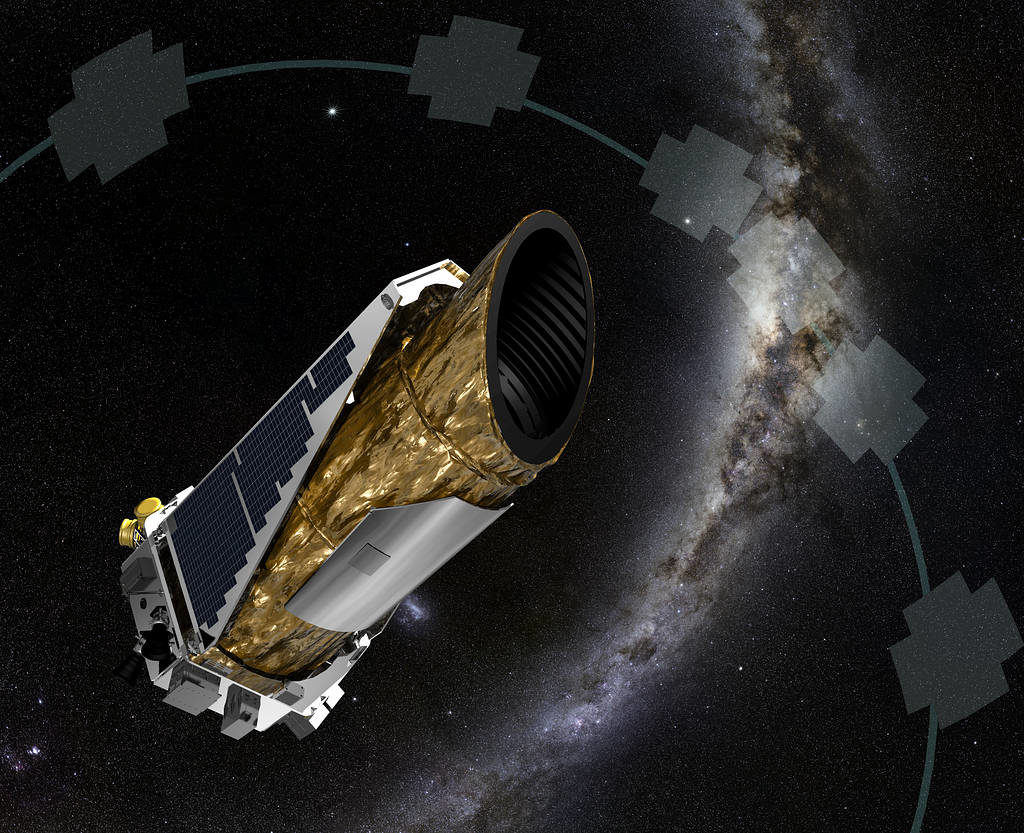Whatever you say about the Kepler Spacecraft, it has definitely been a hardy space vehicle that has returned a lot of interesting data. Bouncing back after several hard hits in its 9-year span, the spacecraft has already outlived earlier estimates about its fuel reserve. But this may be the end for the pioneering vehicle.

Kepler Spacecraft Trails Earth in Orbit
The Kepler Spacecraft roughly trails earth at a distance of 94 million miles. Its primary mission was almost ended earlier in 2013 when a broken reaction wheel rendered it incapable of holding a steady gaze at a target. But quick thinking scientists were able to compensate by using the pressure of sunlight.
The end result is that the vehicle steers almost like kayak does into the current. While this works okay, the campaigns require repositioning every three months or so. This requires the spacecraft to burn fuel, which limits its useful lifetime since there aren’t exactly any refueling depots along the way.
In 2013 the mission was officially changed from the Kepler Spacecraft to K2, which it remains today.
Still Going Strong
Original estimates in 2013 put the total remaining project missions, called campaigns, at 10. As it turned out, Kepler was as scrappy as ever and managed to enter its 17th campaign earlier this month. The current estimate has the fuel ending in a few months.
Credit: NASA Ames/JPL-CaltechBut the Kepler team plan on keeping things going for as long as it can. They hope to use the last bit of fuel for a final positioning. This will allow the team to collect all possible data in the craft’s trajectory.
If the past is any indication, I wouldn’t be surprised to find the Kepler Spacecraft still going strong into next year. But even if it doesn’t, it is still the little spacecraft that could.
